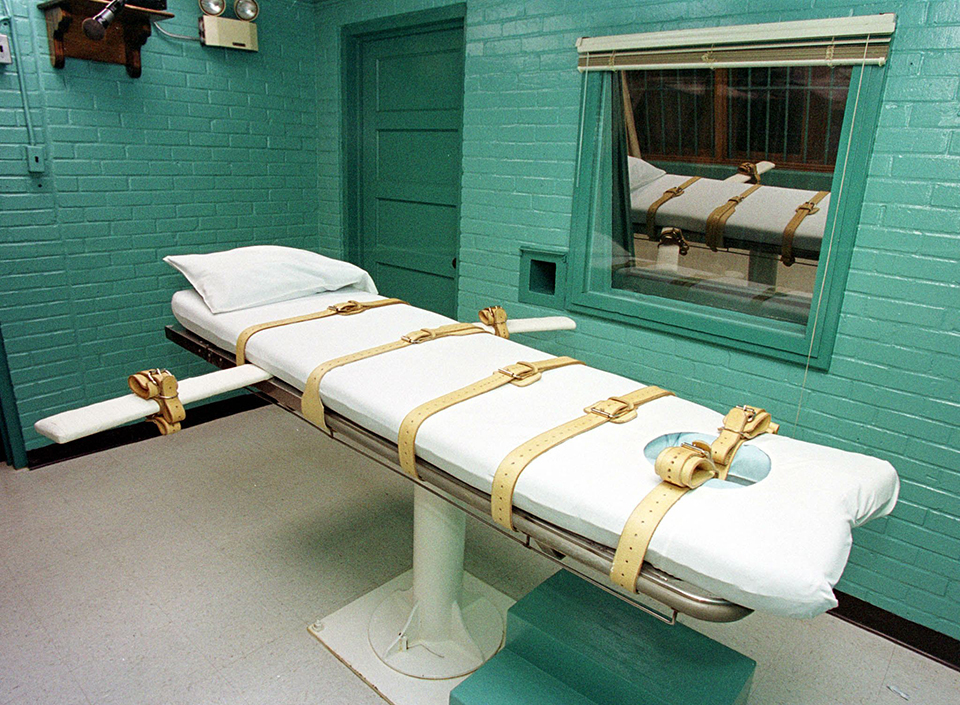7:00 PM Hundreds of protesters have arrived at the Governor’s Mansion demanding Governor Rick Perry to stop execution of Kenneth Foster.
7:10 PM Half of the Lavaca street is filled with protesters.
7:15 PM People have blocked Lava street. If you are in Austin area you should come and check it out. Its an amazing scene!
7:20 PM About 10 APD and DPS police cars have arrived. No arrests yet.
7:30 PM APD cars have blocked the street from both sides with people inside.
7:45 PM About 10 people are sitting in front of the entrance gate to the governor’s mansion, probably planning a civil disobedience. However it seems that the governor and DPS have decided to don’t arrest anybody in order to avoid media attention.













